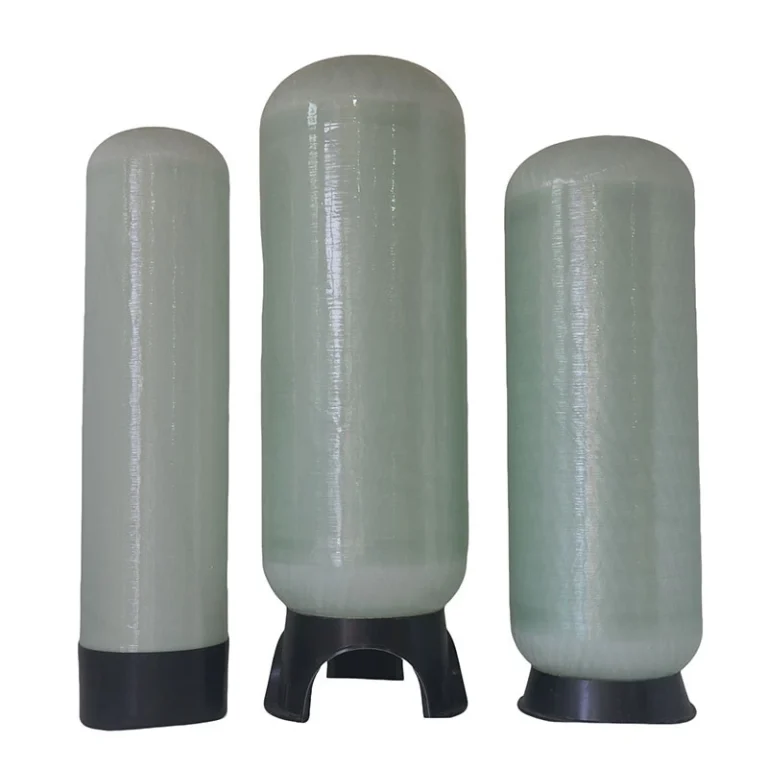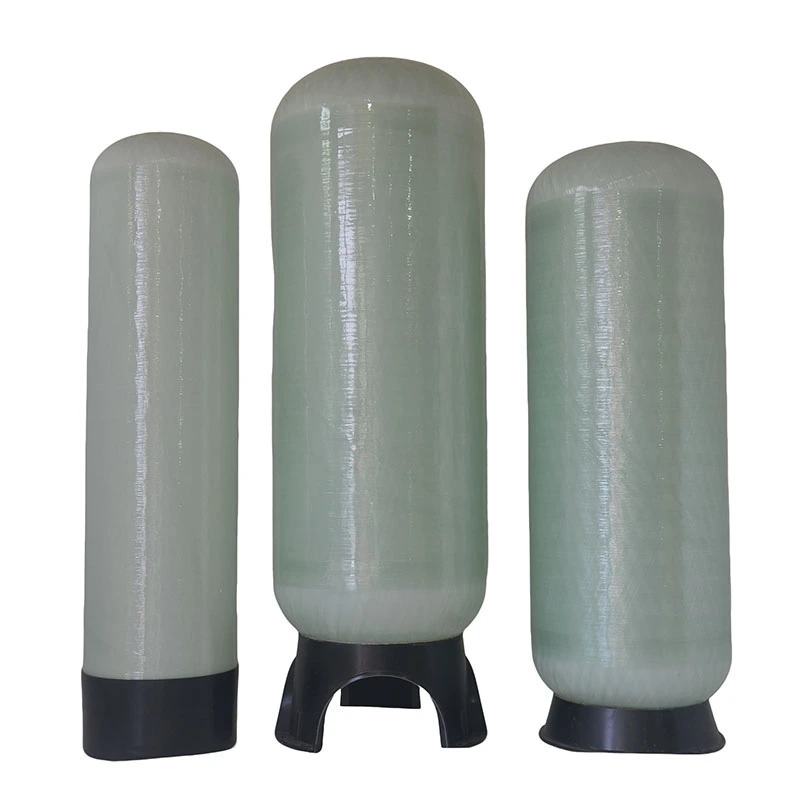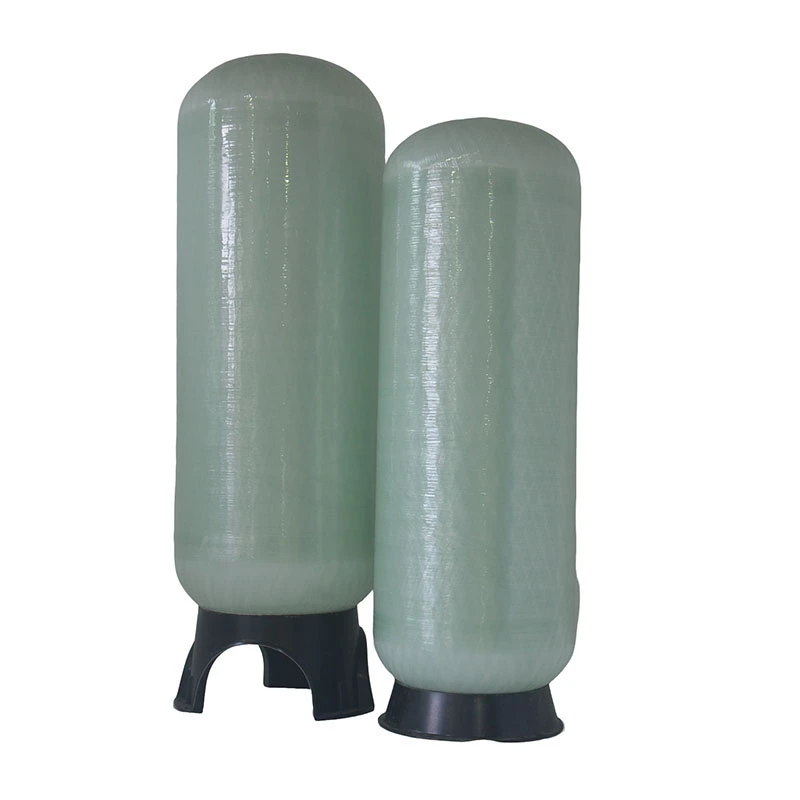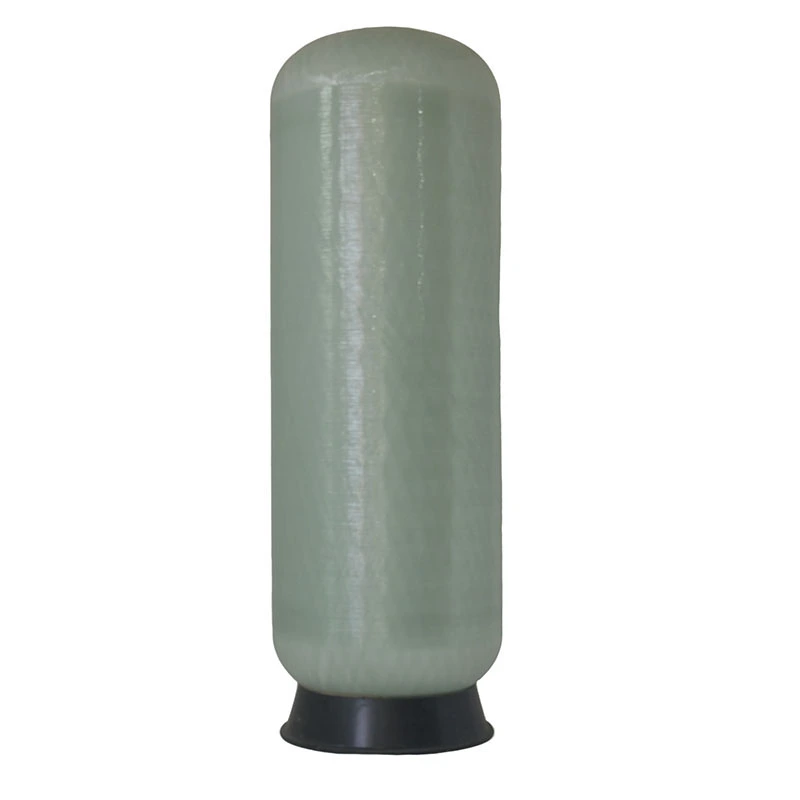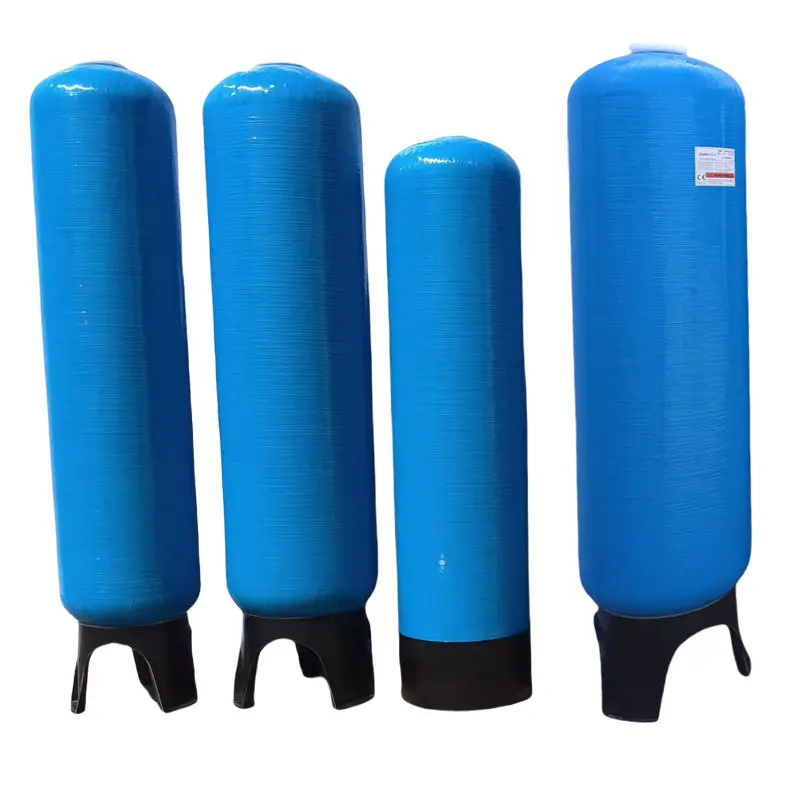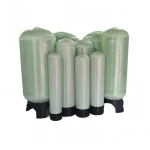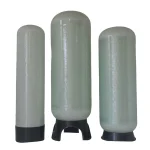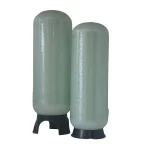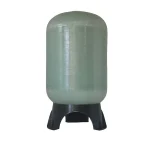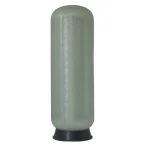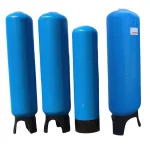BasideWT- Whole Home Water Filtration System & Replacement

Custom FRP Water Treatment Tanks – Sand Filter & Hard Water Softener Pressure Vessels for Reverse Osmosis
PRODUCT PARAMETERS
- Product Name: FRP Water Treatment Tanks
- Material: Epoxy Resin, Glass Fiber
- Color: Nature/Blue/Black/Grey/Green
- Filter media: quartz sand, activated carbon, soft water resin
- Processing Type: Reverse Osmosis, filtration, Softening
- Core Components: Pressure vessel
- Performance: High efficiency filter
- Working Pressure: 100 psi and 150 psi
- Operating Temperature: 1-49°C(34-120°F)
- Type: Water Filtration
- Packing: Standard Exportation Package
Understanding FRP Water Treatment Tanks
FRP water treatment tanks are constructed using a combination of fiberglass and resin, creating a strong, lightweight, and corrosion-resistant structure. This material offers several advantages over traditional metal or concrete tanks, making it a popular choice for water treatment applications.
Fiberglass Reinforced Resin Tanks for Water Treatment Systems
Our composite tanks feature a polyethylene core encapsulated in epoxy-sealed fiberglass, delivering exceptional durability and chemical resistance. Engineered as universal media vessels, these tanks support:
Ion-exchange resin for water softening,Backwashing filtration media (carbon, catalytic carbon, pH neutralizers, etc.)
Key Features of FRP Water Treatment Tanks
- Corrosion Resistance: FRP is highly resistant to corrosion, making it ideal for storing and treating water that may contain chemicals or minerals.
- Lightweight: Compared to metal or concrete tanks, FRP tanks are significantly lighter, making them easier to transport and install.
- Durability: With proper maintenance, FRP tanks can last for decades, providing a long-term solution for water treatment needs.
- Customizability: FRP tanks can be customized to meet specific requirements, including size, shape, and capacity.
LSI Keywords
- Fiberglass water treatment tanks
- Resin-based water treatment vessels
- Corrosion-resistant water storage tanks
- frp filter tank
- frp water softener pressure tank
Applications of FRP Water Treatment Tanks
FRP water treatment tanks serve critical roles across multiple applications. They act as durable pressure vessels in Reverse Osmosis systems, function as robust chambers for sand filters to remove sediment, provide ideal containment for hard water softeners by resisting high pressures and temperatures, and support industrial processes from chemical storage to wastewater treatment.
Comparing FRP Water Treatment Tanks with Other Materials
To better understand the advantages of FRP water treatment tanks, let’s compare them with other commonly used materials:
| Material | Corrosion Resistance | Weight | Durability | Cost |
|---|---|---|---|---|
| FRP | High | Low | High | Moderate |
| Steel | Low | High | Moderate | Low |
As you can see from the table, FRP water treatment tanks offer a unique combination of properties that make them a superior choice for many water treatment applications. Their high corrosion resistance, low weight, and long lifespan make them a cost-effective solution in the long run.
FRP Water Treatment Tanks Performance Parameter
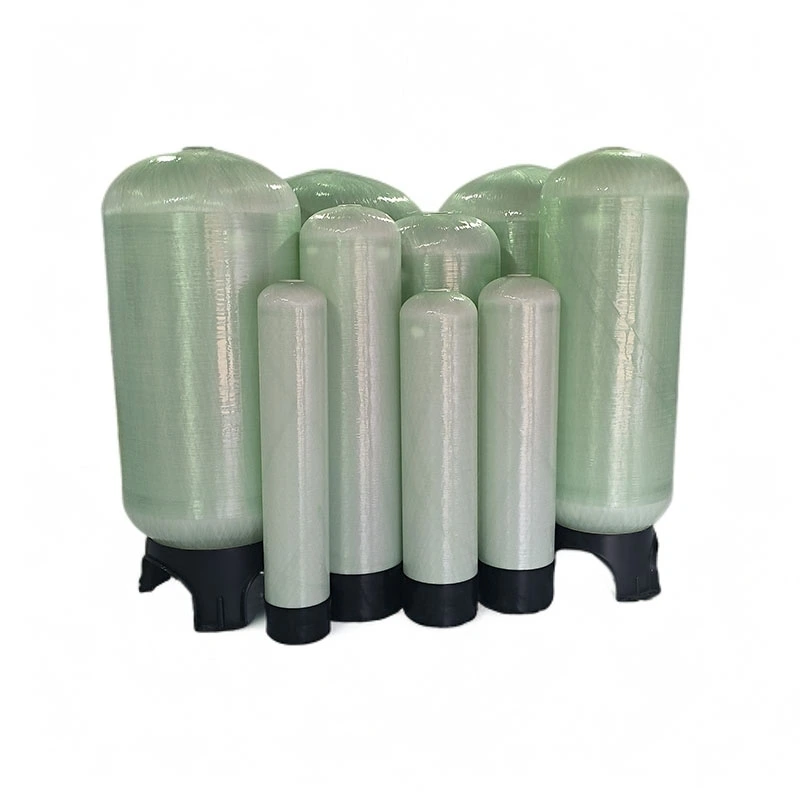
Outer Winding: High performance resin with Fiber glass three-dimensional winding.
Liner material: Rotation molding or Blowing One-piece seamless PE inner liner.
Materials: FRP or reinforced PP
Opening: 2.5” and 4” reinforced plastic thread, 6” alloy flange.
Color: Different colors are available, natural color,black,deep blue, sky blue, gray,
Opening diameter: 2.5” – 6”
Capacity: 0.2—100T/H
Application Conditions
Working Pressure: 150 PSI (10.5bar)
Working Temperature:1-49°C(34-121°F)
Max. Vacuum:127mm Hg
Lowest Environment Temperature:-27°C(-17°F)
Design Parameter
Bursting pressure: 232PSI
Fatigue test: 100.000times incessantly cycle test
FRP Water Treatment Tanks Size Design
| Model No | Dia.X Height(mm) | Inch Size | Top Open | Bottom Open |
| 817 | Ø200×439 | 817 inch | 2.5 inch | N/A |
| 835 | Ø200×898 | 835 inch | 2.5 inch | N/A |
| 844 | Ø200×1130 | 844 inch | 2.5 inch | N/A |
| 935 | Ø225×900 | 935 inch | 2.5 inch | N/A |
| 1054 | Ø250×1391 | 1054 inch | 2.5 inch | N/A |
| 1252 | Ø300×1333 | 1252 inch | 2.5 inch | N/A |
| 1265 | Ø300×1663 | 1265 inch | 2.5 inch | N/A |
| 1354 | Ø325×1376 | 1354 inch | 2.5 inch | N/A |
| 1465 | Ø350×1655 | 1465 inch | 2.5 inch | N/A |
| 1665 | Ø400×1648 | 1665 inch | 2.5 inch | N/A |
| 1865 | Ø450×1805 | 1865 inch | 4 inch | N/A |
| 2069 | Ø500×1770 | 2069 inch | 4 inch | N/A |
| N/A | 4 inch | |||
| 2472 | Ø600×1920 | 2472 inch | 4 inch | N/A |
| N/A | 4 inch | |||
| 3072 | Ø750×1930 | 3072 inch | 4 inch | N/A |
| N/A | 4 inch | |||
| 3672 | Ø900×2120 | 3672 inch | 4 inch | 4 inch |
| 4072 | Ø1000×2170 | 4072 inch | 4 inch | 4 inch |
| 4872 | Ø1200×2130 | 4872 inch | 6 inch | 6 inch |
| 6072 | Ø1500×2250 | 6072 inch | 6 inch | 6 inch |
| 6386 | Ø1600×2420 | 6386 inch | 6 inch | 6 inch |
Installation of FRP Water Treatment Tanks
Installing FRP water treatment tanks requires careful planning and execution to ensure optimal performance and longevity. Here’s a step-by-step guide to help you through the process:
1: Site Preparation
- Choose a suitable location for the tank, ensuring it is level and has adequate drainage.
- Clear the area of any obstacles or debris that could interfere with the installation.
2: Tank Delivery and Inspection
- Arrange for the delivery of the FRP tank to the installation site.
- Inspect the tank upon arrival for any damage or defects. If any issues are found, contact the supplier immediately.
3: Tank Placement
- Use a crane or other lifting equipment to carefully place the tank in its designated location.
- Ensure the tank is level and properly aligned before proceeding.
4: Pipe Connection
- Connect the inlet and outlet pipes to the tank using appropriate fittings and seals.
- Make sure all connections are tight and leak-free.
Step 5: System Testing
- Fill the tank with water and test the system for leaks and proper operation.
- Adjust the system as needed to ensure optimal performance.
Maintenance of FRP Tanks
Regular maintenance is essential to keep your FRP water treatment tanks in good condition and ensure their long-term performance. Here are some tips for maintaining your tanks:
- Inspect Regularly: Check the tank for any signs of damage, such as cracks, leaks, or corrosion. If any issues are found, address them immediately.
- Clean Periodically: Clean the tank regularly to remove any sediment or debris that may accumulate over time. Use a mild detergent and a soft brush to avoid scratching the tank’s surface.
- Replace Filters: If your tank is equipped with filters, replace them according to the manufacturer’s recommendations. This will help ensure the quality of the treated water.
- Check Pressure: Monitor the pressure in the tank regularly to ensure it is within the recommended range. If the pressure is too high or too low, it could indicate a problem with the system.
⚠ Note: Avoid using abrasive cleaners or chemicals on FRP tanks, as they can damage the surface and reduce the tank’s lifespan.
Common Misconceptions About FRP Water Treatment Tanks
There are several common misconceptions about FRP water treatment tanks that can lead to confusion and misinformation. Let’s debunk some of these myths:
- Myth: FRP tanks are not as strong as metal or concrete tanks.
- Fact: FRP tanks are actually stronger than many metal and concrete tanks, especially when it comes to resisting corrosion and impact.
- Myth: FRP tanks are more expensive than other materials.
- Fact: While the initial cost of FRP tanks may be slightly higher than some other materials, their long lifespan and low maintenance requirements make them a cost-effective solution in the long run.
- Myth: FRP tanks are difficult to install and maintain.
- Fact: With proper planning and execution, FRP tanks are relatively easy to install and maintain. Following the manufacturer’s instructions and performing regular maintenance will ensure optimal performance and longevity.
Case Study: The Benefits of FRP Tanks in a Commercial Setting
To illustrate the real-world benefits of FRP water treatment tanks, let’s take a look at a case study from a commercial facility.
In 2025, our team worked with a large commercial building that was experiencing issues with its water treatment system. The existing metal tanks were corroded and leaking, resulting in poor water quality and costly repairs. After evaluating the options, the facility decided to upgrade to custom FRP water treatment tanks.
The installation process was completed within a week, and the new tanks immediately improved the performance of the water treatment system. The corrosion-resistant FRP material eliminated the risk of leaks and corrosion, and the tanks’ lightweight design made them easier to maintain.
Over the next year, the facility saw a significant reduction in maintenance costs and an improvement in water quality. The FRP tanks also provided a more aesthetically pleasing solution, as they could be customized to match the building’s design.
Making the Right Choice for Your Water Treatment Needs
In conclusion, custom FRP water treatment tanks offer a wide range of benefits for reverse osmosis systems, sand filters, and hard water softeners. Their corrosion resistance, lightweight design, and durability make them a popular choice for many water treatment applications.
By understanding the features, applications, installation, and maintenance of FRP water treatment tanks, you can make an informed decision when choosing a solution for your water treatment needs. Whether you’re a commercial facility owner or a homeowner, FRP tanks are a reliable and cost-effective option that will provide years of trouble-free service.
Checklist for Choosing and Maintaining FRP Water Treatment Tanks
- Determine your specific water treatment needs and requirements.
- Consider the size, capacity, and customization options of the tanks.
- Review the installation and maintenance instructions provided by the manufacturer.
- Schedule regular inspections and maintenance to ensure optimal performance.
- Keep a record of all maintenance activities and repairs.
- Replace filters and other components according to the manufacturer’s recommendations.
- Monitor the pressure and water quality regularly.
- Address any issues or concerns promptly to avoid costly repairs or downtime.
FAQs
Choosing the perfect water treatment system depends on your specific water quality, household size, and needs. We make it easy with our 3-step process:
Water quality testing – analyze your water for contaminants, hardness, and other factors.
Personalized Consultation – Our experts recommend systems based on your results, budget, and water usage.
Customized Solution – From whole-house filtration to targeted solutions (e.g., RO for drinking water, softeners for hard water), we tailor the system to your home.
To determine your water flow rate in gallons per minute (GPM), follow these simple steps:
Prepare for Testing:
- Prepare for Testing:
- Ensure all water fixtures in your home are turned off
- Select the faucet closest to your main water supply line (usually the kitchen sink or an outdoor spigot)
- Conduct the Test:
- Fully open the selected faucet
- Time how many seconds it takes to fill a 1-gallon container
- Repeat the test 2-3 times for accuracy
- Calculate Your Flow Rate:
Use this formula: Flow Rate (GPM) = 60 ÷ Fill Time (seconds)Example Calculation:- If your 1-gallon container fills in 15 seconds
- 60 ÷ 15 = 4 GPM
For more precise measurements or whole-home flow rate analysis, contact our water system specialists. We can help you determine if your current flow rate meets the requirements for any water treatment systems you’re considering.
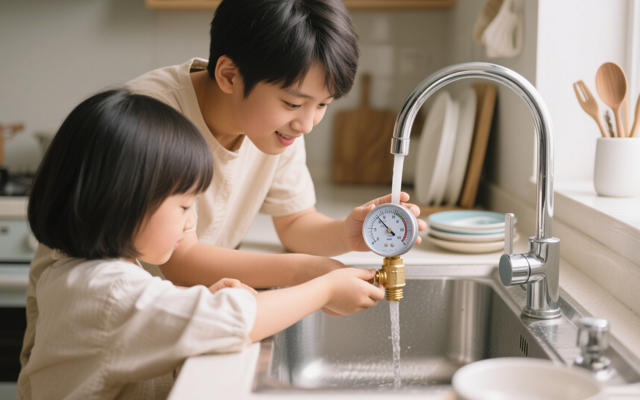
1. Check Multiple Fixtures
Test water pressure at different faucets, showers, and appliances (e.g., kitchen sink, bathroom sink, outdoor hose).
If only one fixture has low pressure, the problem is likely localized (clogged aerator, faulty valve, or pipe issue).
If all fixtures have low pressure, the issue is systemic (main supply, pressure regulator, or water heater).
2. Inspect the Aerator or Showerhead
Unscrew the faucet aerator or showerhead and check for mineral deposits, debris, or rust.
Soak it in vinegar overnight to dissolve buildup, then rinse and reattach.
3. Check the Main Shutoff Valve
Locate the main water shutoff valve (usually near the water meter or where the main line enters the house).
Ensure it’s fully open (turn clockwise to close, counterclockwise to open).
1. Activated Carbon Filters
- Removes:
✅ Chlorine & chloramines
✅ Bad tastes & odors (e.g., sulfur)
✅ Volatile Organic Compounds (VOCs)
✅ Some pesticides & herbicides
❌ Does not remove heavy metals, dissolved minerals, or microbes
2. Reverse Osmosis (RO) Systems
- Removes:
✅ Heavy metals (lead, arsenic, mercury, cadmium)
✅ Dissolved salts (fluoride, nitrates, sulfates)
✅ Microplastics & sediment
✅ Bacteria & viruses (if combined with UV)
✅ Chlorine & chemicals (with carbon pre-filter)
❌ May remove beneficial minerals (can be remineralized)
3. Water Softeners (Ion Exchange)
- Targets:
✅ Calcium & magnesium (hardness)
✅ Low levels of iron & manganese
❌ Does not remove bacteria, chlorine, or heavy metals
4. UV Purifiers
- Kills:
✅ Bacteria (E. coli, coliform)
✅ Viruses (rotavirus, hepatitis)
✅ Protozoa (Giardia, Cryptosporidium)
❌ Does not remove chemicals, metals, or sediment
5. Sediment Filters
- Removes:
✅ Sand, rust, dirt
✅ Large particles & silt
❌ Does not remove dissolved contaminants
6. Whole-House Filtration Systems
Combines multiple methods (carbon + sediment + UV) for broad protection.
- UV: Kills bacteria/viruses but doesn’t remove chemicals or particles.
- RO (Reverse Osmosis): Removes 95–99% of contaminants (heavy metals, dissolved salts) but requires electricity.
- Activated Carbon: Absorbs chlorine, odors, and organic compounds—ideal for pre-filtration.
REQUEST A QUOTE
RELATED PRODUCTS
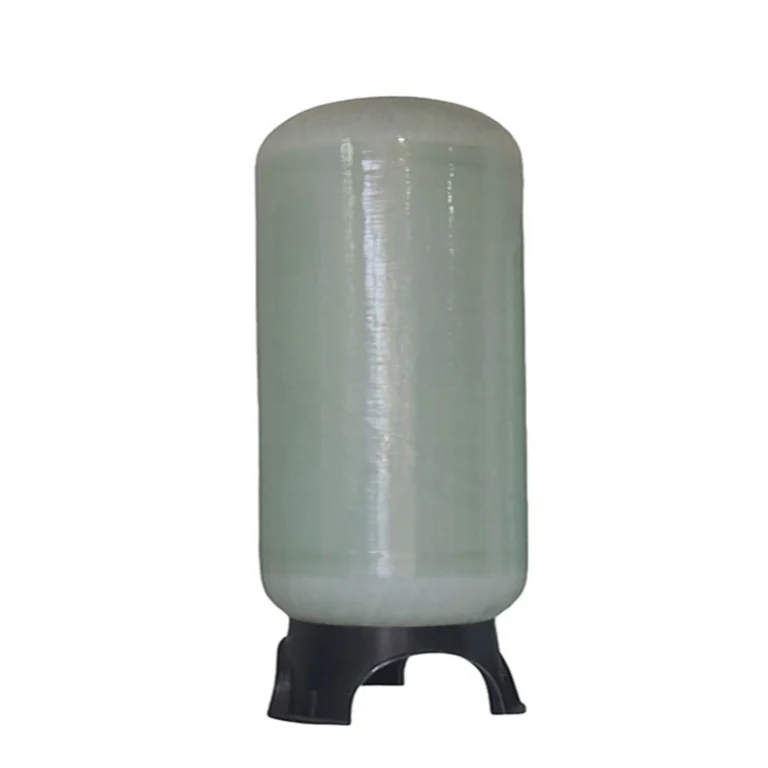
FRP Water Tank Manufacturers | Custom FRP Vessels for Water Treatment
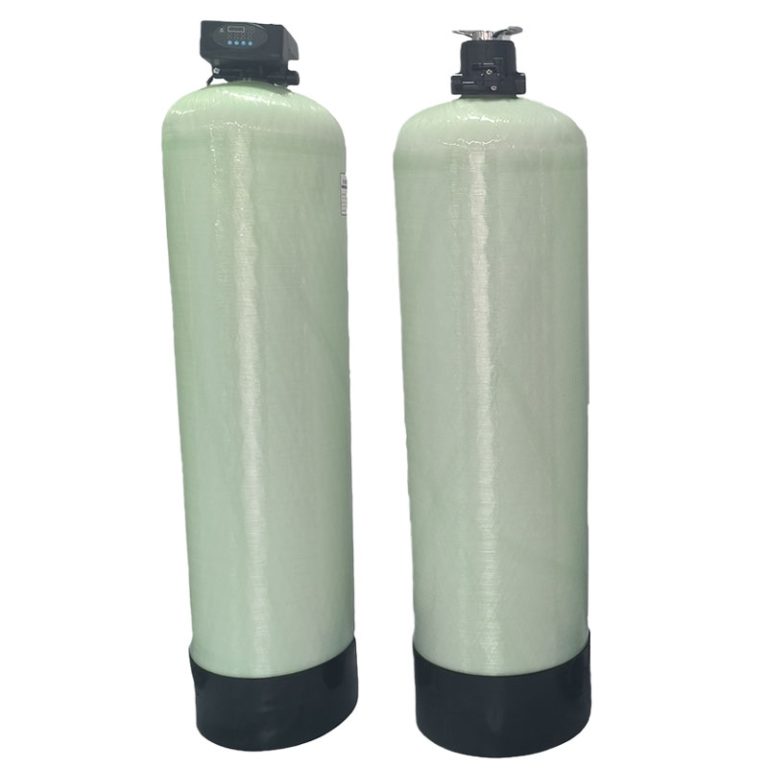
FRP Water Tank 1465 frp Vessel Price | BasideWT
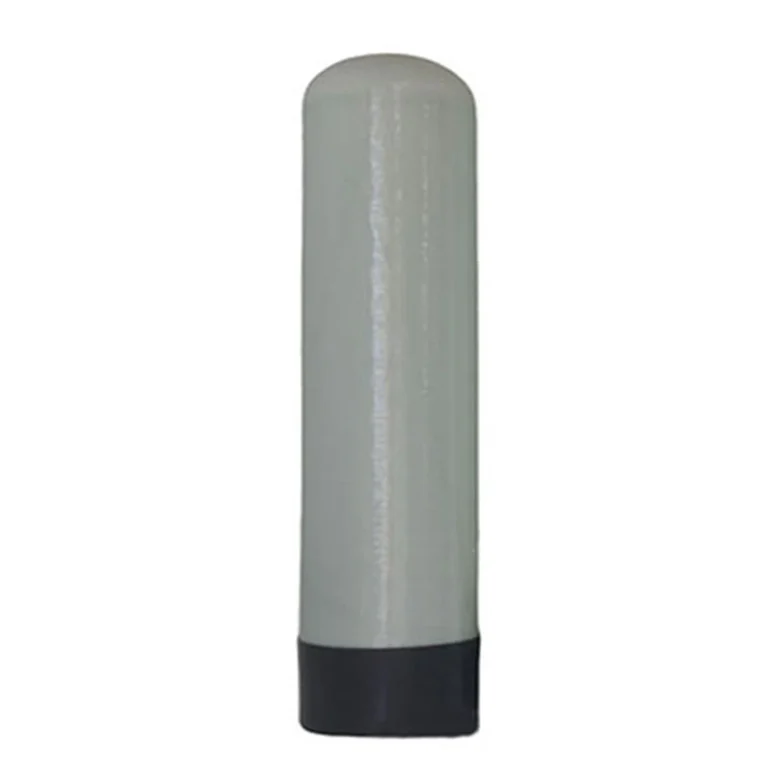
1354 frp Vessel Fiberglass Water Storage Tanks BasideWT
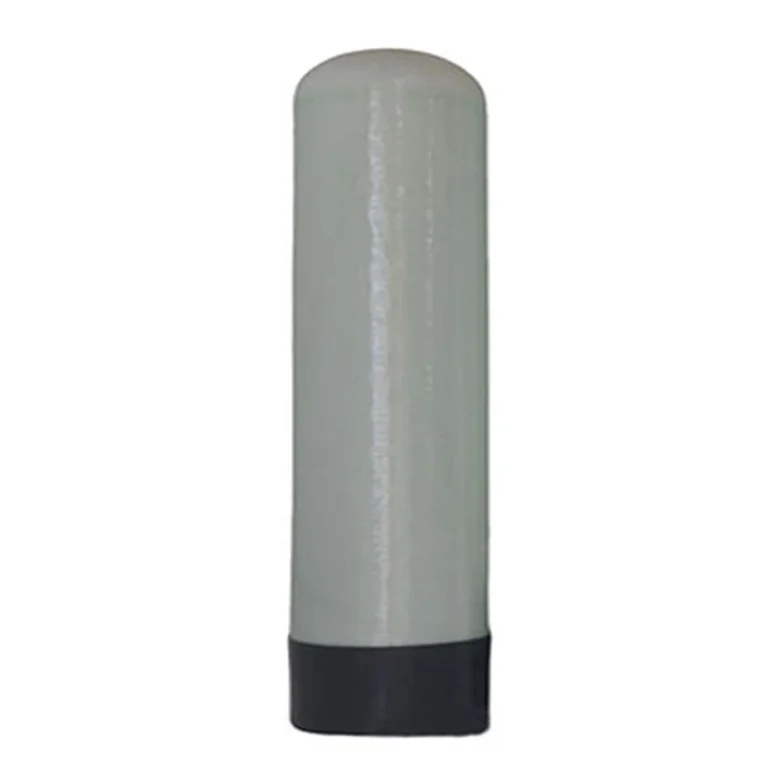
FRP Vessel 1665 Fiber Reinforced Plastic Tanks | BasideWT
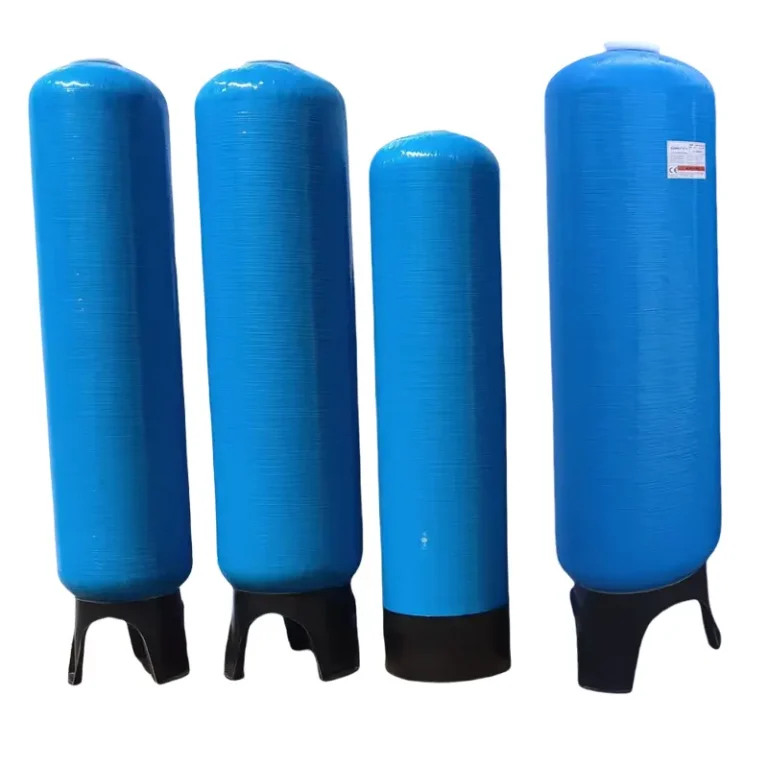
Industrial Multi-Media Filter FRP Tanks – Quartz Sand Activated Carbon for RO Pretreatment
